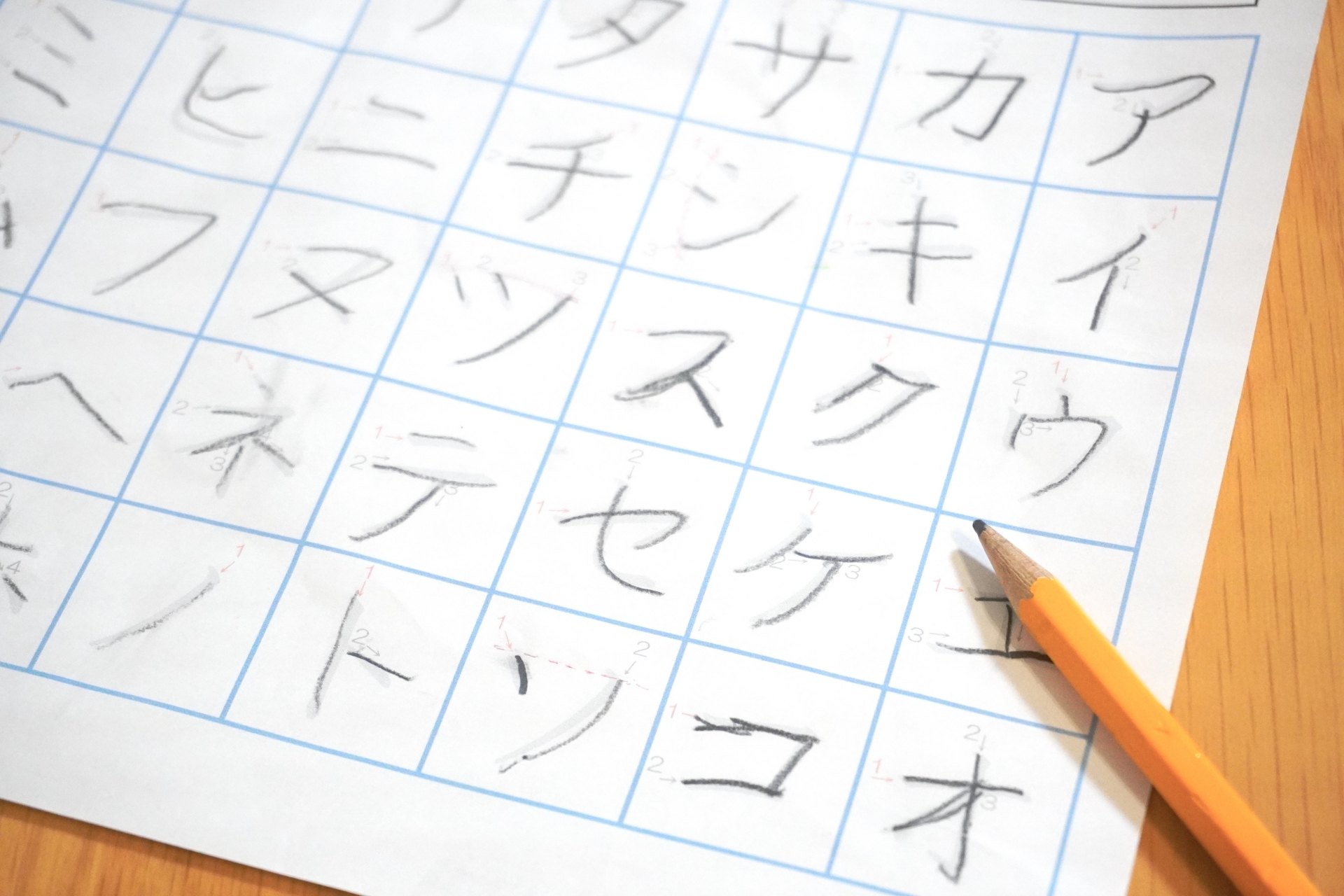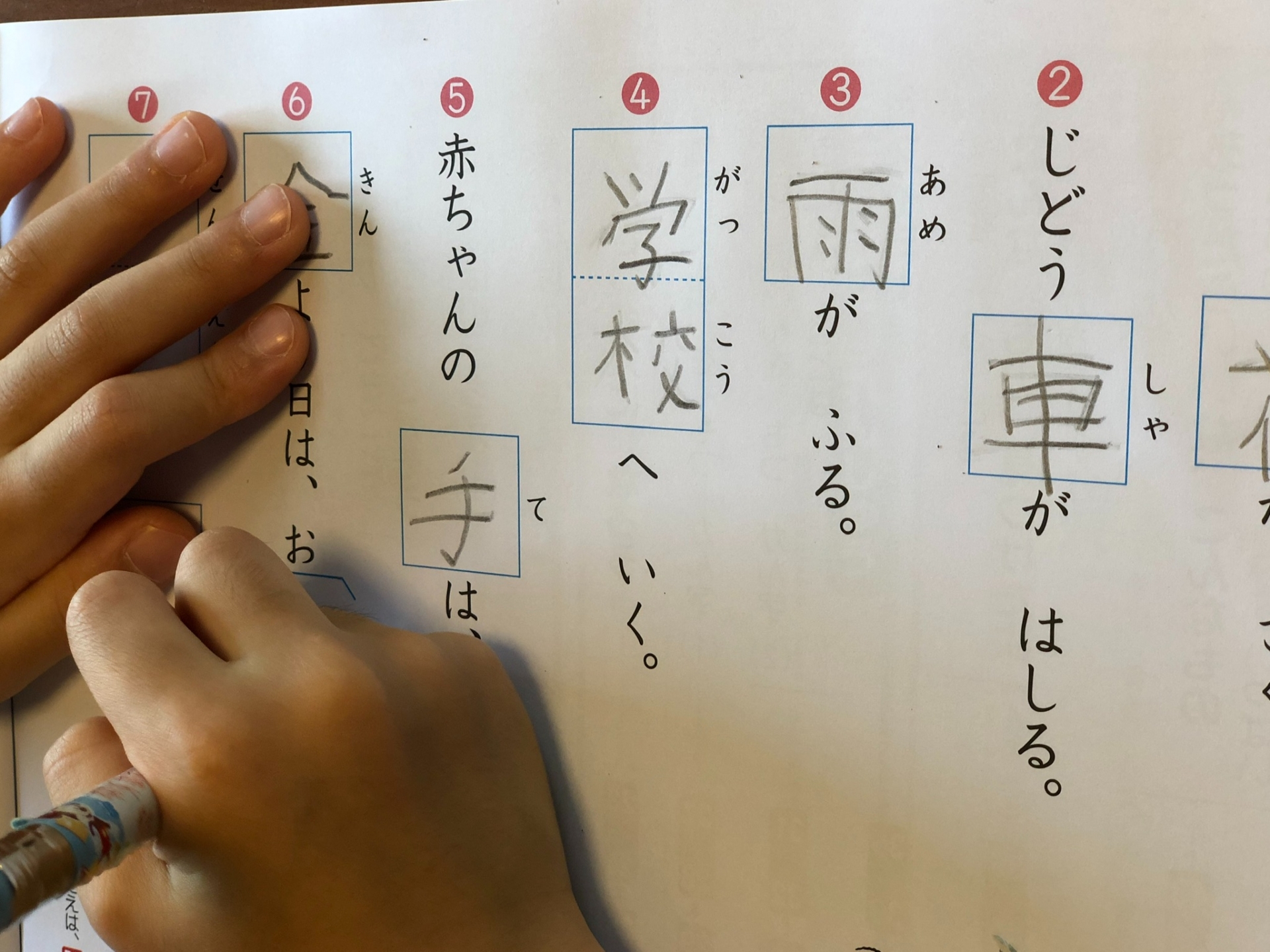This article provides an all-encompassing guide for learning the Japanese language, covering fundamental aspects like grammar, pronunciation, and the writing system. Whether you are a beginner or an enthusiast looking to deepen your understanding, this guide will offer practical tips, effective learning resources, and insights into the cultural context that makes the Japanese language unique.
Understanding the Basics of Japanese Language

The Japanese language is a fascinating blend of simplicity and complexity, anchored by three distinct writing systems: Hiragana, Katakana, and Kanji. Each of these systems has its unique role:
- Hiragana: The foundational script, used primarily for native Japanese words and grammatical functions. It’s often the first script learners encounter and is essential for understanding sentence structures.
- Katakana: Employed mainly for foreign loanwords, onomatopoeia, and technical terms, Katakana gives a modern edge to the language and appears frequently in advertising and pop culture.
- Kanji: These characters are derived from Chinese and represent both meaning and sound. Mastering Kanji is crucial for reading and writing fluently, with thousands of characters to learn.
Basic grammar in Japanese centers around a subject-object-verb (SOV) order, which is different from English’s subject-verb-object (SVO). Particles like “は” (wa), “が” (ga), and “を” (wo) are vital in indicating the grammatical role of a word in a sentence. Understanding these foundational elements sets a solid base for more advanced study.


Why Learn Japanese? Exploring the Benefits

Learning Japanese opens a gateway to rich cultural experiences, including deep appreciation of traditional arts like tea ceremonies, Ikebana (flower arranging), and classic literature. For enthusiasts of modern culture, Japan’s world-leading anime and manga industries offer a wealth of content accessible to those proficient in the language. Moreover, understanding Japanese can enhance one’s enjoyment and appreciation of Japanese cinema, music, and cuisine.
On a professional level, Japan’s status as a global economic powerhouse means that proficiency in Japanese can unlock career opportunities in business, international relations, and academia. Companies engaged in international trade, technology, and tourism often seek individuals who can navigate Japanese language and culture, making language skills a valuable asset.
Essential Resources for Learning Japanese

Numerous resources are available online to aid in learning Japanese, ranging from structured courses to interactive apps. Here are some of the best options:
- Duolingo: This app offers a gamified learning experience suitable for beginners. It covers basic vocabulary and sentence structures, making it a good starting point.
- WaniKani: Specializing in Kanji, this platform uses spaced repetition to help learners memorize and recall Kanji effectively.
- Tae Kim’s Guide to Learning Japanese: This comprehensive guide provides insights into Japanese grammar, sentence structure, and nuances, making it ideal for learners who prefer a structured approach.
- NHK World Easy Japanese: Offering free lessons designed for beginners, this resource introduces basic grammar and vocabulary with audio examples.
These tools provide a mix of visual, auditory, and interactive methods to cater to different learning styles, making the language learning journey more engaging.
Tips for Mastering Japanese Pronunciation and Intonation
Pronunciation and intonation play a significant role in sounding natural when speaking Japanese. Unlike English, which has stressed syllables, Japanese has a relatively flat intonation pattern. Here are some tips to help master pronunciation:
- Listen Actively: Regularly listening to native speakers through podcasts, music, and news helps familiarize learners with the natural rhythm and intonation of Japanese.
- Practice Shadowing: This technique involves repeating what a native speaker says immediately after hearing it, mimicking their pronunciation and speed. It’s an effective way to internalize the sounds and patterns of the language.
- Use Language Exchange: Engaging with native speakers through language exchange apps like Tandem or HelloTalk provides real-time feedback and practice, helping learners refine their pronunciation.
Consistent practice and exposure are key to achieving native-like pronunciation in Japanese.
Overcoming Challenges in Learning Japanese

Learning Japanese comes with its set of challenges, including the memorization of Kanji and understanding polite forms of speech. Here are strategies to overcome these hurdles:
- Kanji Mastery: Use mnemonic techniques and apps like Anki to make memorization easier. Breaking down Kanji into radicals and learning their meanings can help in understanding and recalling complex characters.
- Politeness Levels: Japanese language uses different levels of politeness depending on the context and relationship between speakers. Familiarize yourself with casual, polite, and honorific forms to navigate various social situations confidently.
- Regular Practice: Daily practice, even for a short duration, is more effective than sporadic, longer sessions. Incorporating Japanese into daily life through reading, writing, and speaking helps reinforce learning.
Japanese Dialects and Regional Language Variations
Japan is home to a variety of regional dialects, each with unique expressions, intonations, and vocabulary. The standard dialect, known as Hyojungo, is based on the Tokyo dialect and is commonly taught in schools. However, understanding some regional dialects can enrich cultural experiences and enhance communication:
- Kansai Dialect (Kansai-ben): Predominantly spoken in Osaka, Kyoto, and surrounding areas, this dialect is known for its distinct intonation and use of unique words like “おおきに” (ookini) for “thank you”.
- Tohoku Dialect (Tohoku-ben): Characterized by a slower speech pattern and pronunciation changes, making it sometimes challenging for even native Japanese speakers to understand.
Learning about these dialects can provide deeper insights into Japan’s cultural diversity.
The Role of Pop Culture in Learning Japanese

Japanese pop culture, particularly anime and manga, plays a significant role in language learning. Many learners are motivated by their interest in anime and manga, using these mediums as tools to pick up colloquial expressions, slang, and cultural references. Resources like JapanesePod101 offer lessons using popular anime phrases, making the learning process more enjoyable and relevant.
Incorporating pop culture into your language study not only makes learning fun but also helps in understanding modern-day conversational Japanese.
Practical Scenarios for Using Japanese
For real-life practice, understanding common phrases and dialogues is crucial. Here are some practical scenarios:
- Greeting Someone: “おはようございます” (Ohayou gozaimasu) – Good morning, “こんにちは” (Konnichiwa) – Good afternoon, “こんばんは” (Konbanha) – Good evening.
- Ordering Food: “これをください” (Kore o kudasai) – Please give me this, “メニューを見せてください” (Menyuu o misete kudasai) – Please show me the menu.
- Asking for Directions: “駅はどこですか?” (Eki wa doko desu ka?) – Where is the station?, “この地図を見せてください” (Kono chizu o misete kudasai) – Please show me this map.
Practicing these everyday phrases can greatly enhance a learner’s confidence and ability to communicate effectively in Japanese.











